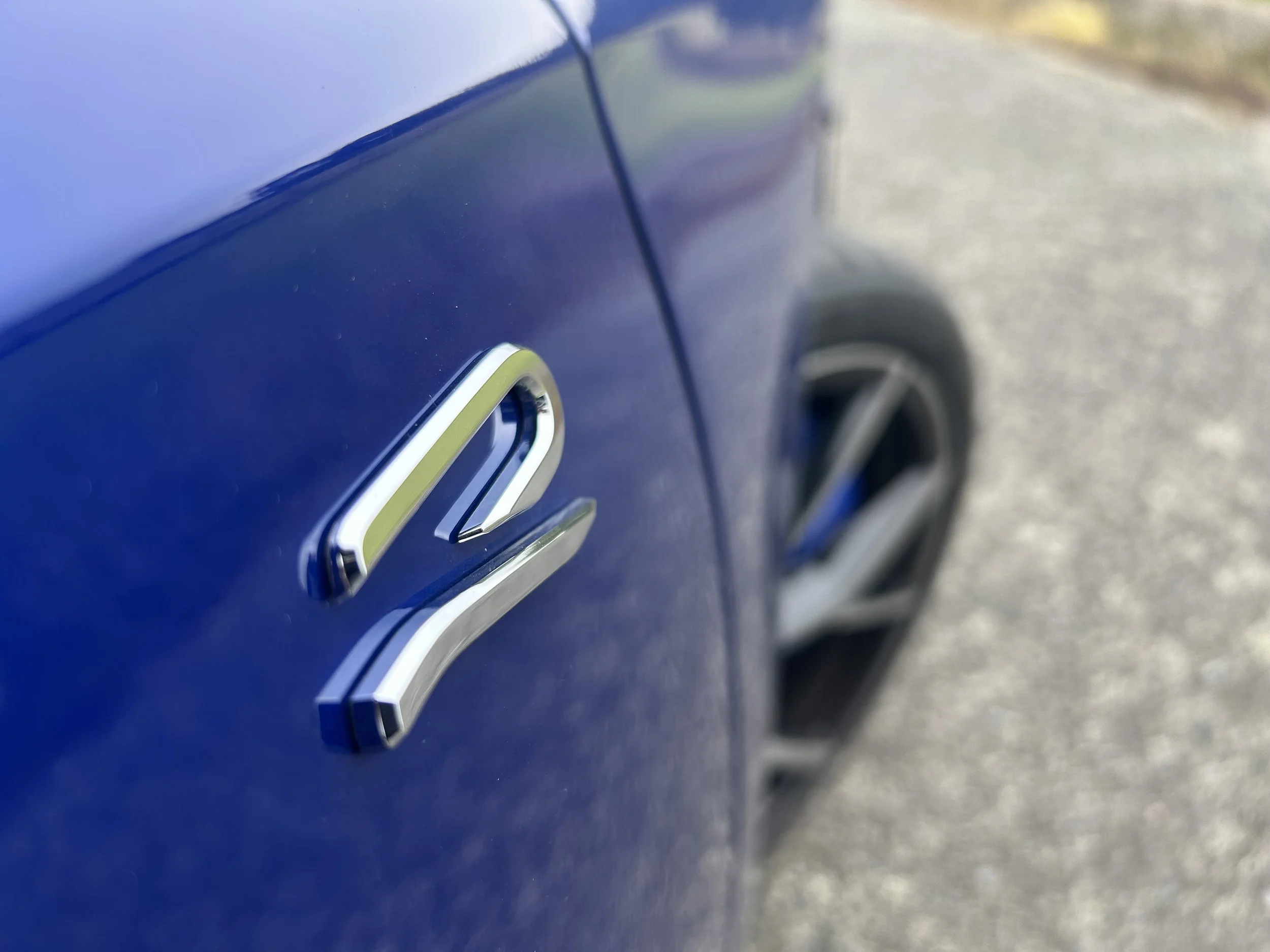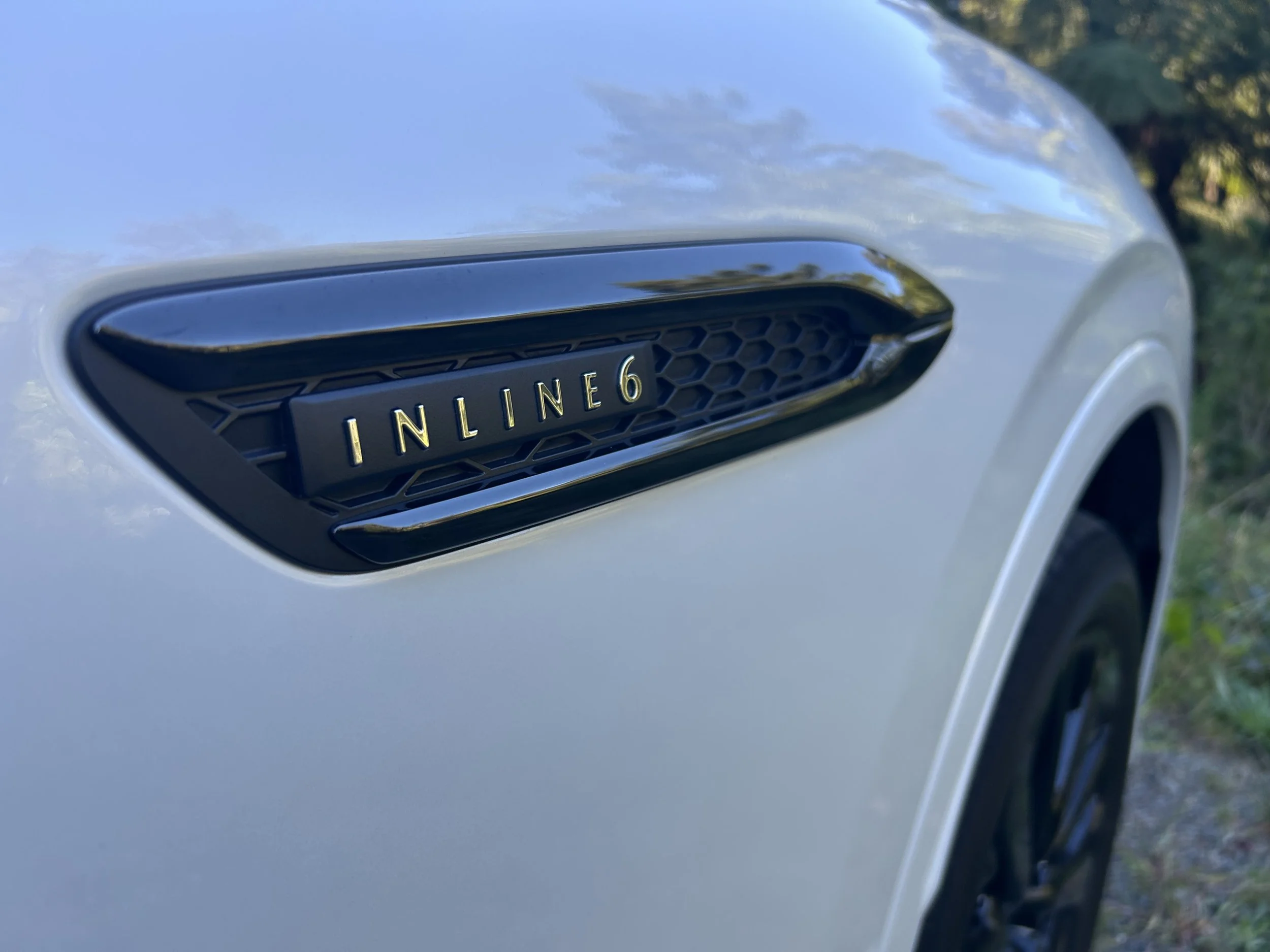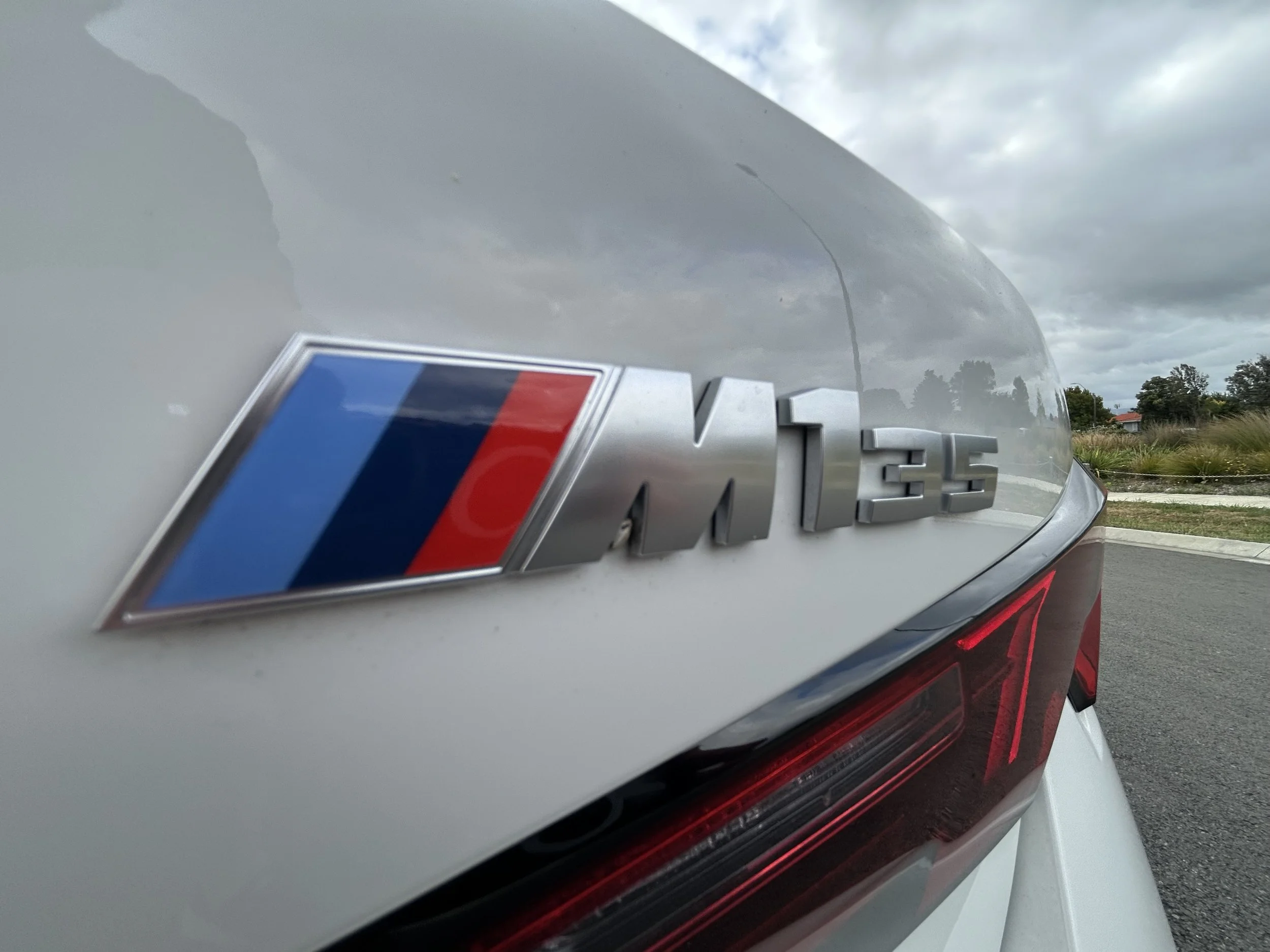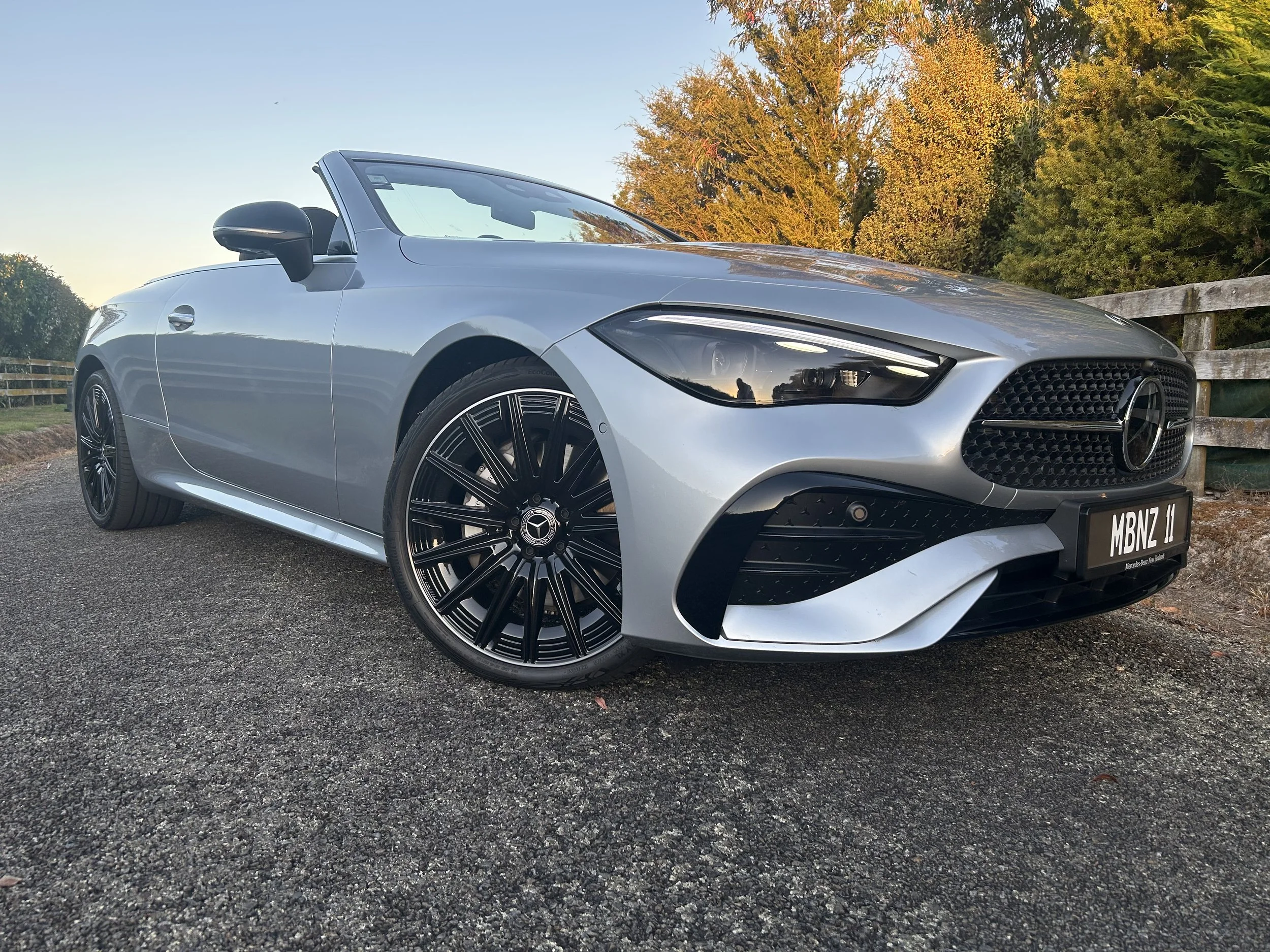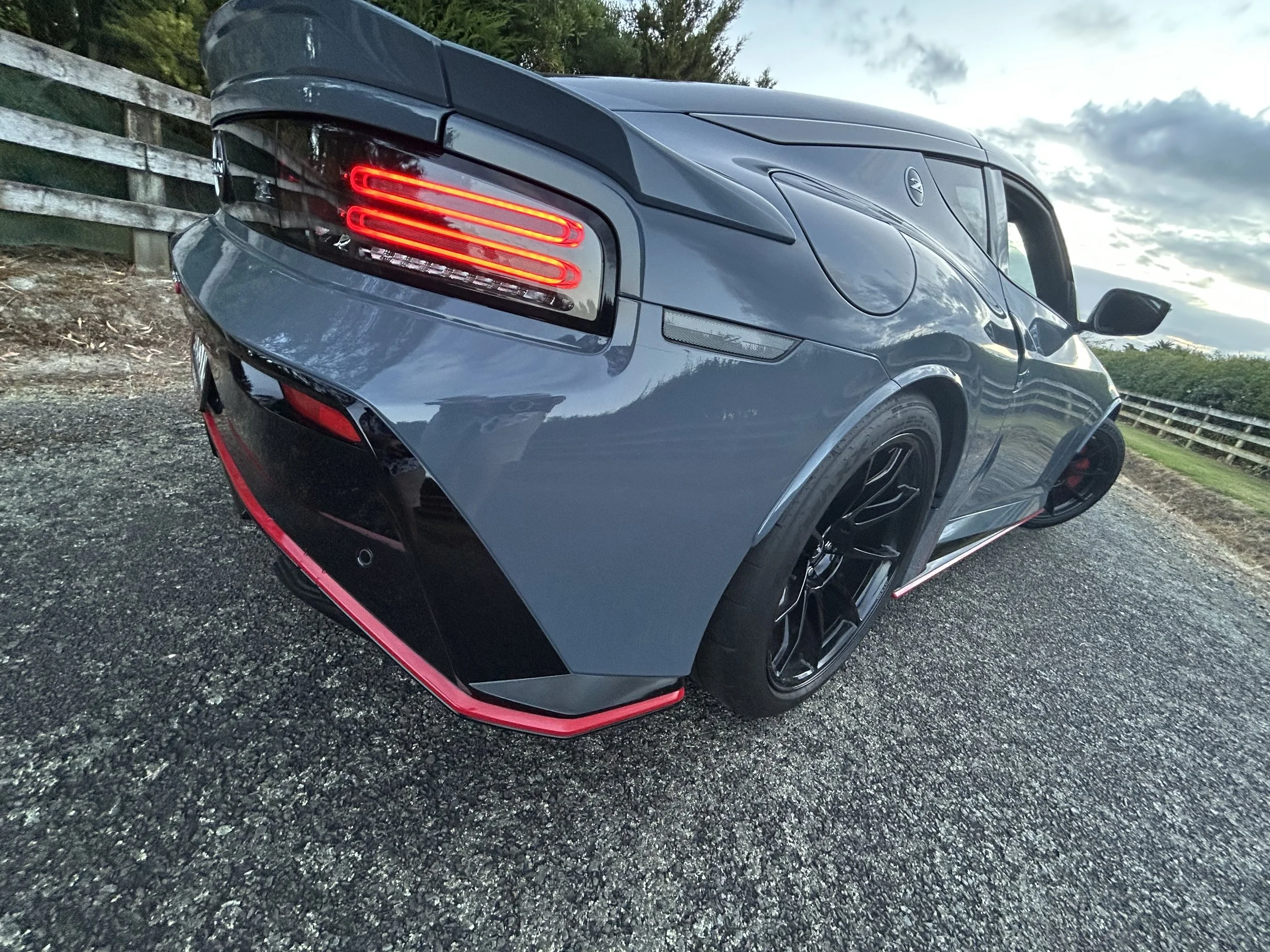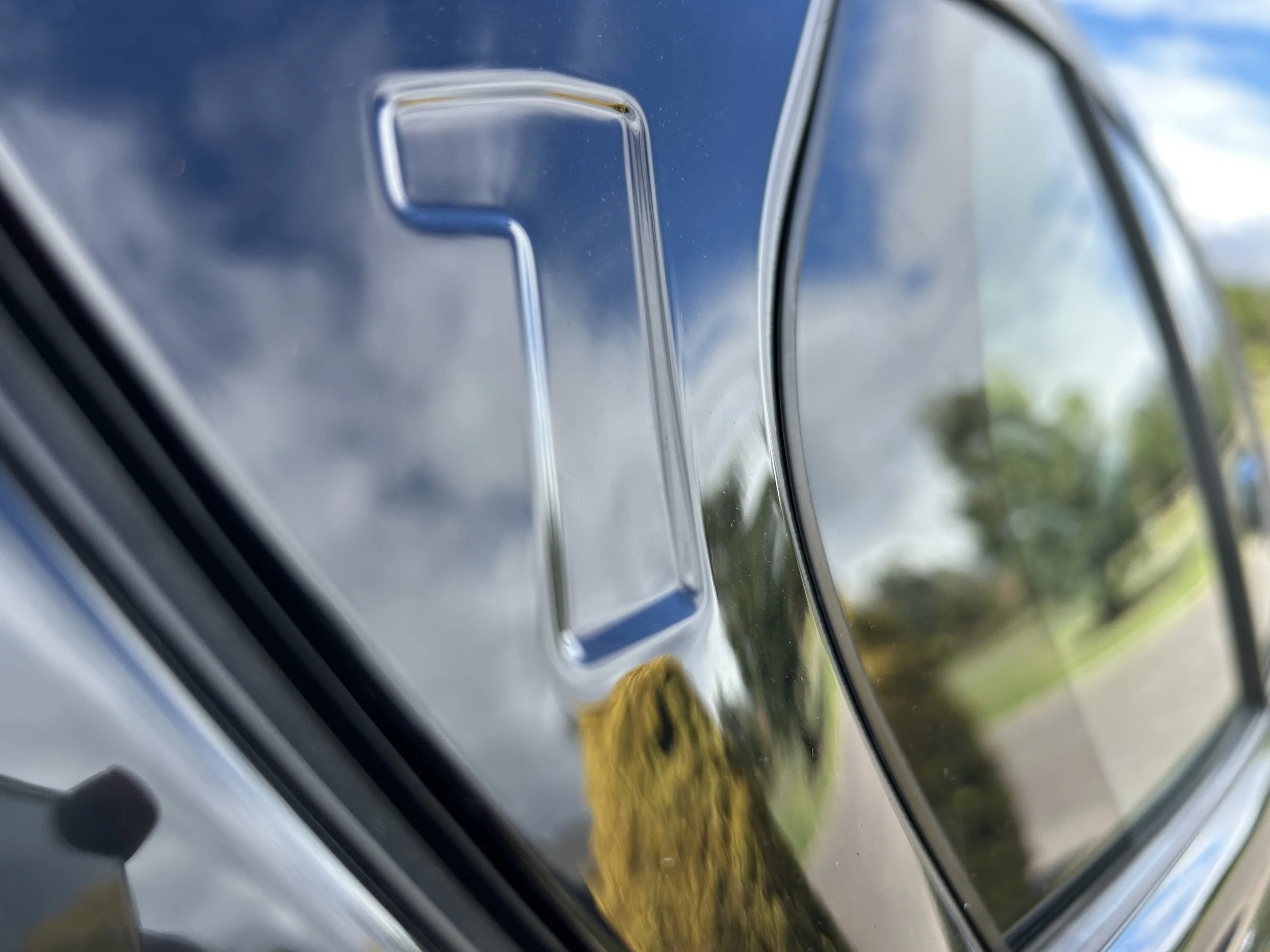Hot Buzz: Amped GTX heads ‘electric Kombi’ family
/It's been a longest time coming, but the hubba-hubba Dub is finally about to hit the road.
INTRODUCTION of ID. Buzz will finally play out in June, as a relatively rich picking.
Intent to place this electric all-rounder taking the Kombi vibe into the future as a premium-themed product has long been signalled and has occurred in all other markets where it already sells. The theme plays out in NZ pricing announced today.
The sticker strategy establishes the battery-fed bus not only as the priciest electric VW here, but also the second-most expensive VW on the NZ order books, topped only by the $166,990 Touareg R.
A single choice Buzz Cargo that seats two and is for commercial users is the budget buy, yet still lands at $114,990.
Even factoring in that battery product is always more expensive than internal combustion, there are cheaper alternate choices also driven by electricity from Ford, Mercedes Benz and China’s LDV also vying for consideration by tradespeople and florists.
The family-minded Pro - brand-speak for ‘people mover’ - configurations also aim high, the least expensive starting from $129,990.
That buys a standard 4712mm wheelbase NWB that nominally provisions as five-seater but can be factory ordered in a configuration that’ll accept an extra person. That enhancement adds $2400 to the sticker.
Next up are $139,990 Pro and $149,990 GTX configurations on a longer (4932mm, ‘LWB’) wheelbase with an extra seating row, taking occupancy to seven.
Buzz sites above the recommended retails for the most obvious all-electric alternate for passenger use, Kia’s EV9, which also seats seven and spans three trims. It has reinstated at original RRPs, of $105,990 to $134,990, having briefly been heavily discounted last year.
The Cargo is more expensive that logical rivals such as the Mercedes e-Vito in its panel van format, which is a $101,500 front drive with 85kW/360Nm and 259kms’ range, and Ford’s 198kW/430Nm 250km max E-Transit Cargo, that’s $111,990 in high roof spec.
The cheapest Pro is all but line ball with the passenger-suited eVito Tourer, which has a 90kWh battery and 421km range, and well above the LDV Mifa 9.
The less expensive of the long wheelbase Buzz choices has the same 210kW/560Nm single motor, rear drive configuration as the Cargo and base Pro, with WLTP test assessed ranges of between 382 and 403 kilometres.
The single motor variants are cosiest technical equivalents of the 77kWh ID.4 that VW NZ has been selling off for as little as $55k in effort to clear out an overstocking issue created when EV interest all but froze last year.
The GTX flagship is a sportier looking and sportier driving take that only came into being around this time last year.
It wasn’t even on the radar when VW NZ Commercials division first aired hoped to secure the Buzz, back in 2022.
GTX unveiled last February at a global event that also introduced the longer wheelbase format. The plan was to have it here by late 2024. But nothing has been easy with Buzz.
With a GTX in play, buyers get to enjoy a 250kW/679Nm all-wheel-drive performance vibe well beyond anything after market tuners, let alone the factory, provided with the original Type 2 vans from the ‘50s and ‘60s.
The GTX has a 86kWh battery, a range of 396km and will nail 0-100kmh in 6.4 seconds is a 1.5s advantage over the other variants and brisk for a van, let alone any vehicle weighing north of 3000kg. Top speed of 160kmh is far from being a performance car match, but it’s still a 15kmh lift over where the other types peg out. The GTX badge is just for zoomy electric VWs, but in this application head office suggestion that the additional zest is more about making it “perfect for rapidly merging with traffic on the highway.”
Nonetheless, cachet of it having more grunt than a Golf R and being only bettered by the Touareg R for brute oomph is an undeniable talking point.
Not getting Buzz until now means NZ sees latest updates, which include a standard heat-pump heating system for GTX. Both batteries can be charged at a maximum DC charging speed of 200kW (pre-facelift was 170kW), with an 11kW AC charging rate that can theoretically fully charge the battery in seven hours and 30 minutes.
Buzz gets a powered sliding door on each side, folding mirrors, a powered tailgate and Pro models have tinted windows, keyless entry and start, stainless-steel pedal trims, alloy wheels, height adjustable front seats, heated and massage function front seats, three-zone climate-control, wireless Apple CarPlay and Android Auto, a digital radio, dynamic LED matrix headlights, rain-sensing wipers, parking sensors and voice-control. Also, there’s the ID. Buzz Box, a removable storage compartment between the front seats.
The major specification difference between the standard and long wheelbase is a move to larger brakes in the latter to reflect its higher kerb mass.
Buzz’s reliance on a healthy dollop of nostalgia about what once ran by various names - Bus, Bulli, Transporter and Microbus most common - is why it fronts with an over-sized VW logo on the front.
But in a modern world, even the two tone paint schemes that are just as de rigour are cost-extra, at $5200.
Other options are an assortment of 20 and 21 inches alloys as a better look to the 19s that are standard on everything but the 21-inch-wed GTX, for between $1800 and $2500, a $2500 stereo and head up display upgrade for the lowest and mid-sited passenger types, a panoramic glass roof that’s $4000 for all grades, a $900 luggage cover for all Pro models and servicing packages; $1395 for three years, $2695 for five.
A throwback to the multi-pane glass roof of the classic Type 2, the long wheelbase versions’ glass roof measures 1.5-square-metres and is the largest VW has ever made.. It gets photochromic tech so can be set to clear or opaque at the touch of a button.
Will it be practical? You’d have to think so. Even in seven seat format, with all seats in use, there's 306 litres’ boot capacity. This expands to 2469 litres with seats folded. The Cargo has a 707kg payload.
With seats stowed, it’s said to be big enough to sleep in. Which makes it all the more incredible that the one format so far firmly rule out for Buzz is the one that brings up fondest memories with the Kombi supporter club. There’s no camper variant in the wind.
Standard safety fare for Buzz includes autonomous emergency braking, front and side assist, pedestrian and cyclist detection, blind spot monitoring and traffic alerts. It has a five star crash test score from Euro NCAP, awarded in 2022. New Zealand-relevant sister organisation ANCAP has yet to deliver rating.
VW has been teasing retro-themed MPVs ever since the New Beetle became a sales hit when it was launched in 1997. Using the same formula of creating a modern take on a classic shape, it delivered concepts such as the Microbus in 2001, the Bulli of 2011 and Budd-e in 2016, before the ID. Buzz concept first appeared in 2017.
Buzz was then teased in four different design concepts across two decades, from 2001, before the big global unveiling in 2022.
As much as he has been hugely frustrated by the many delays in securing it, VW NZ Commercials general manager Kevin Richards has always expressed confidence this model will create a lot of love for this brand by bringing back some happy memories.
Comment attributed to Richards was supplied with pricing and specification detail.
He said: "While electric vehicles continue to evolve, the ID. Buzz goes beyond the typical EV narrative.
“Inspired by the Kombi design and built on decades of Volkswagen heritage, this isn’t just another van – it’s an icon in the truest sense of the word. Evolving with the times yet staying faithful to the symbol of freedom we all know and love, the ID. Buzz captures the spirit of the past while embracing the future.
“So many Kiwis have stories from their past that centre around their love of the Kombi, now they can write some new ones.”














